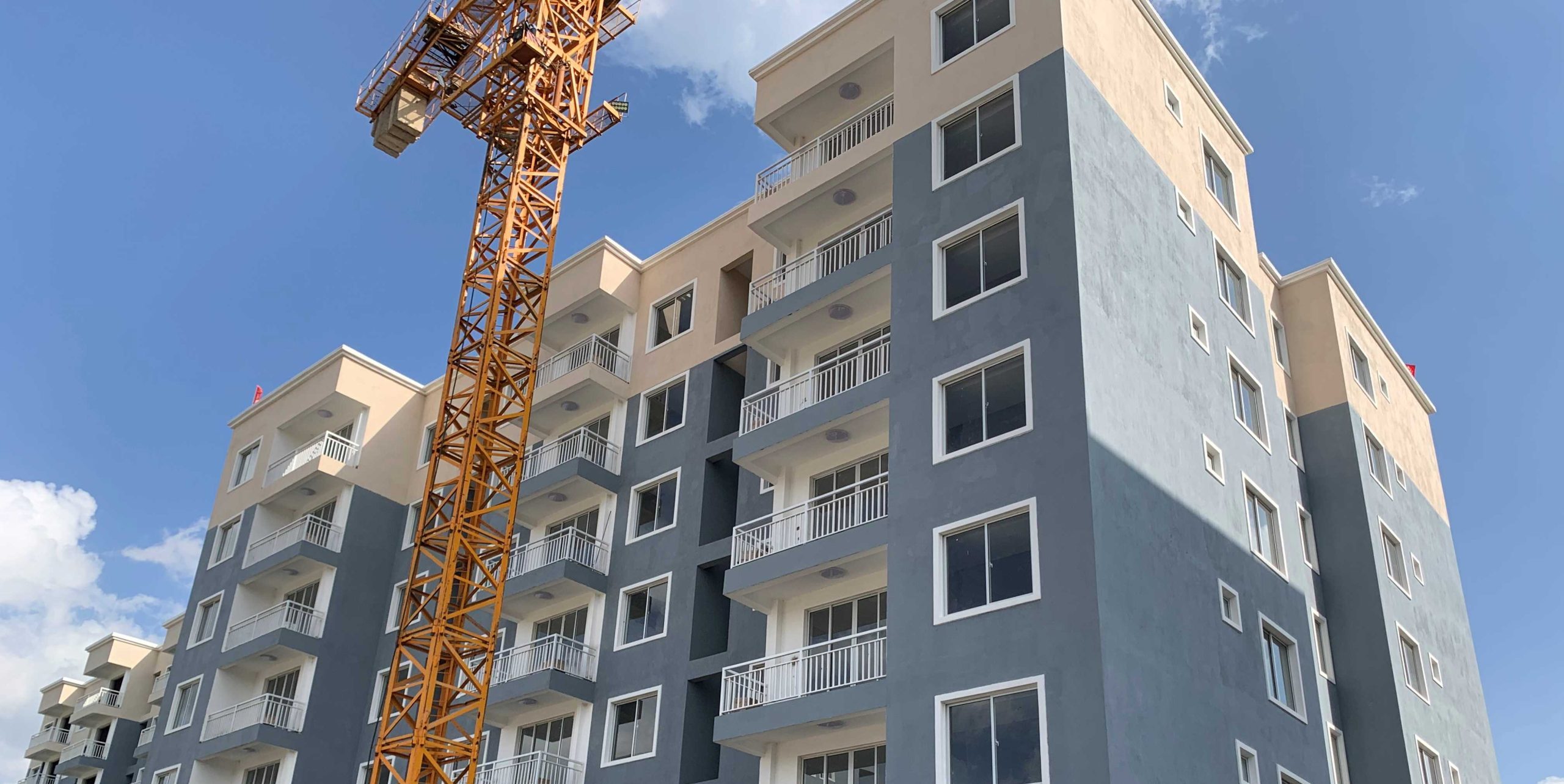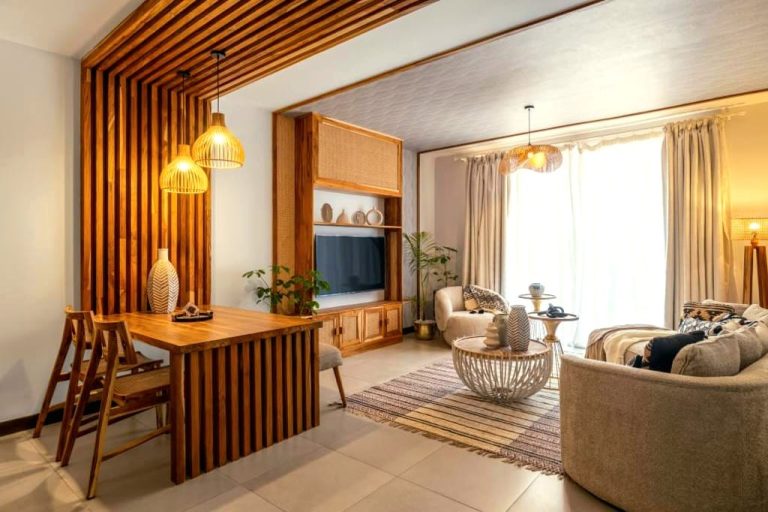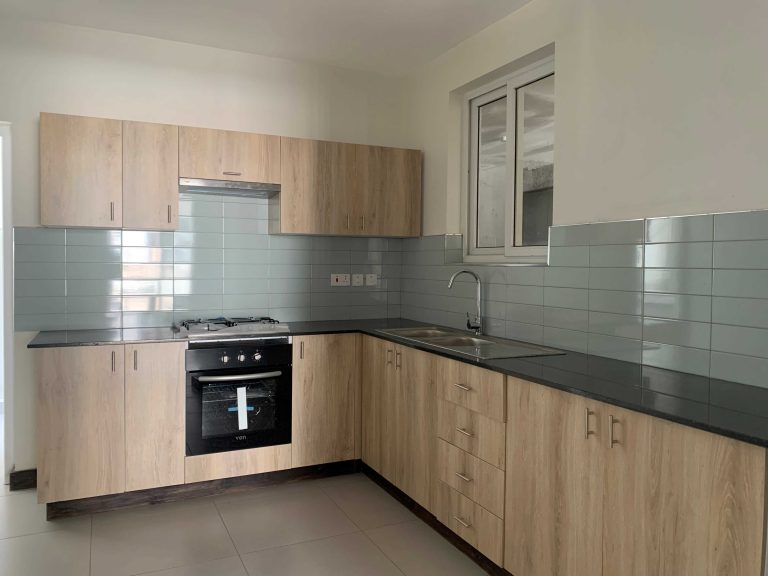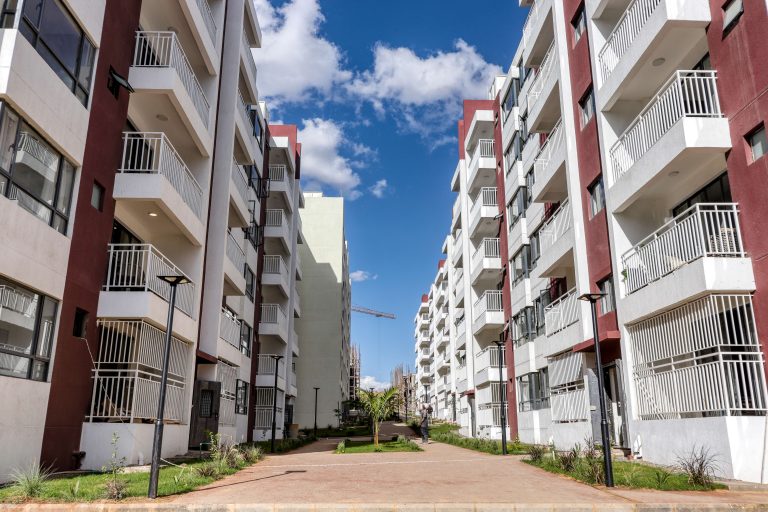A comparison of the various ways to buy a home in Kenya
In Kenya, there are several ways to buy a home, each with its own advantages and disadvantages. Here’s a comparison of the most common methods:
1. Mortgage Financing
This is one of the most popular ways of buying a home in Kenya. A mortgage is a loan provided by a bank or financial institution to help you purchase a house.
Pros:
- Spreads out cost: You don’t need to have the full purchase price upfront. You can spread the cost over a period (usually 10–25 years).
- Homeownership: You get immediate possession of the home while repaying the loan over time.
- Fixed or flexible rates: Some mortgages offer fixed interest rates, making payments predictable.
Cons:
- Interest rates: Interest on mortgages in Kenya tends to be high ,making the overall cost of the home significantly higher than its purchase price.
- Lengthy process: It requires extensive paperwork, credit evaluations, and legal checks.
- Repossession risk: If you fail to make payments, the lender can repossess your home.
2. Sacco Housing Loans
Saccos (Savings and Credit Cooperative Organizations) are popular for offering more flexible and favorable loan terms compared to banks.
Pros:
- Lower interest rates: Saccos often provide lower interest rates than traditional banks.
- Easier qualification: Saccos are usually more lenient with credit checks and have simpler loan requirements.
- Ownership: Like mortgages, Saccos allow you to own the house upfront while repaying the loan over time.
Cons:
- Limited loan amounts: Saccos may offer lower loan limits compared to commercial banks, making it difficult to buy expensive homes.
- Membership requirement: You need to be a member of a Sacco, and sometimes it takes time to build savings within the Sacco before accessing loans.
3. Rent-to-Own Schemes
This is an alternative financing method where you pay rent on a property for a specific period, with the option to buy the house at the end of the term.
Pros:
- Easier access to ownership: You can live in the house while paying towards ownership without needing a huge down payment.
- Flexibility: If you are unsure about long-term ownership, you can test living in the house before deciding to buy.
Cons:
- Renting risks: If you fail to make payments, you lose the house and the money you’ve already paid.
- Limited availability: This option is not as common in with most Kenyan Developers, so finding a rent-to-own home can be difficult.
4. Off-Plan Purchase
This involves buying a house or apartment before construction is completed. You make payments in phases as construction progresses.
Pros:
- Discounted prices: Off-plan purchases are often cheaper than buying a fully constructed home.
- Customizable: You can sometimes make design changes or select finishes during construction.
- Capital appreciation: If the property value increases by the time construction is complete, you may make a profit when reselling.
Cons:
- Construction delays or failure: There’s a risk the developer may delay or fail to complete the project.
- Quality issues: The finished home may not meet the standards you expected.
- Legal risks: Some unscrupulous developers may not have the proper documentation, leading to property disputes.
5. Buying in Cash
This involves purchasing the home outright with cash, either from savings or selling another property.
Pros:
- No debt: You avoid interest payments and mortgage terms.
- Quick process: It’s faster to finalize since there are no long approval processes.
- Negotiating power: Sellers may offer a discount for cash buyers as it ensures a faster sale.
Cons:
- Capital commitment: You tie up a significant amount of cash, reducing liquidity.
- Limited affordability: Most people cannot afford to buy a house outright in cash, especially in urban areas where property prices are high.
6. Co-ownership
This method involves multiple parties pooling resources to buy a house together, usually through a legal agreement on ownership and responsibilities.
Pros:
- Lower individual costs: Co-ownership makes purchasing a home more affordable as the costs are shared.
- Shared risks: Any risks (e.g., maintenance, mortgage payments) are shared among co-owners.
Cons:
- Ownership disputes: Co-ownership can lead to conflicts if the parties disagree on property use or future sales.
- Less flexibility: Selling or moving may be complicated, as you’ll need agreement from all co-owners.
Conclusion
The best way to buy a home in Kenya depends on your financial situation, risk tolerance, and long-term goals. Mortgages and Sacco loans are popular for those who want to spread the cost over time, while cash purchases and off-plan buying offer benefits for those with available funds. Rent-to-own and co-ownership provide alternatives for those looking for more flexible or shared ownership options.





